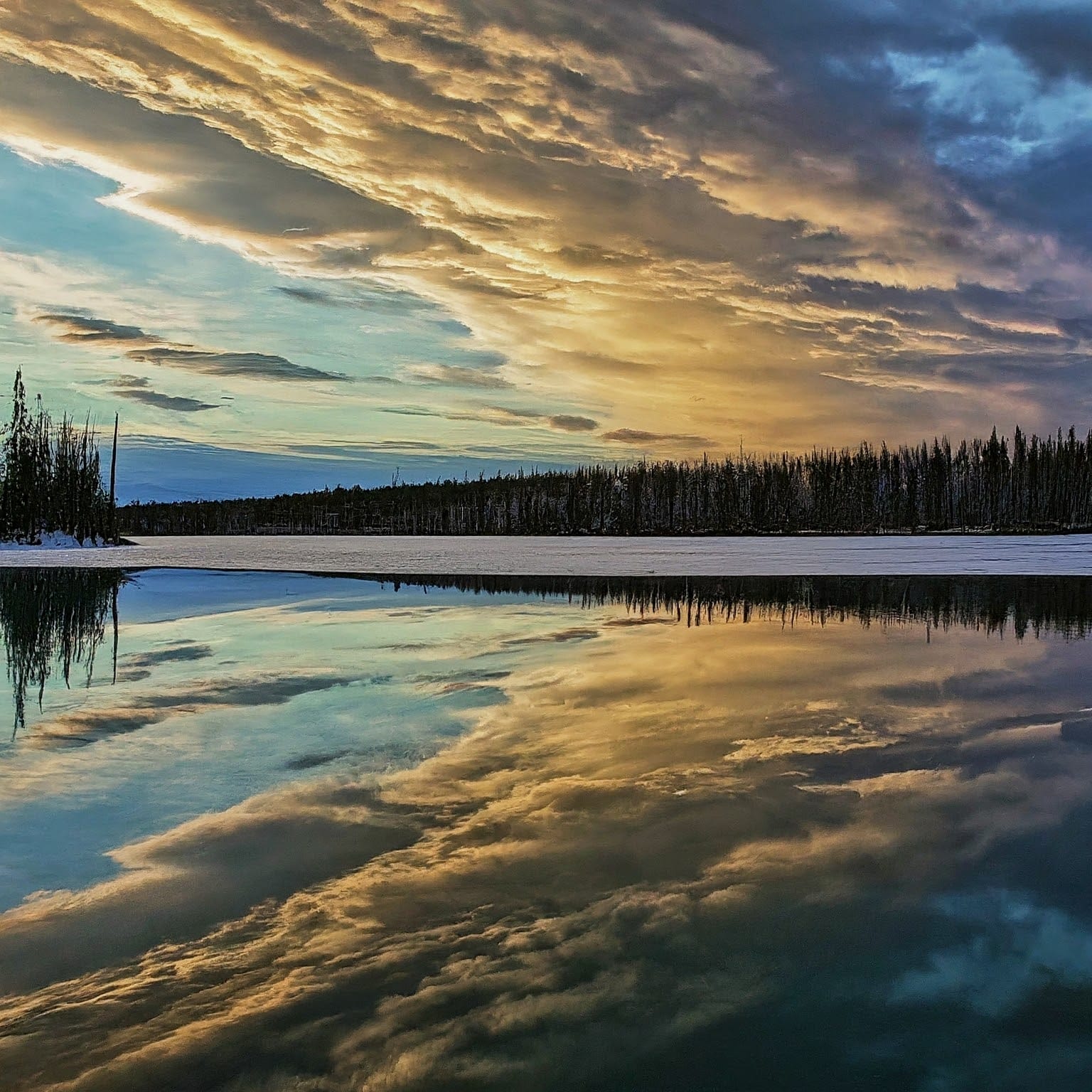Winnipeg Lake Literature
Winnipeg Lake, also known as Lac Winnipeg in French, is a vast and relatively shallow lake situated in the south-central region of Manitoba, Canada. It’s the sixth-largest freshwater lake in Canada and the eleventh-largest in the world by surface area.
Here’s a closer look at Winnipeg Lake’s characteristics and significance:
Size and Location:
- Spans an impressive 9,465 square miles (24,514 square kilometers), with a length of approximately 258.5 miles (416 kilometers) and a maximum width of 68 miles (109 kilometers).
- Its southern tip is located about 55 kilometers (34 miles) north of the city of Winnipeg, and the lake forms part of the Nelson River drainage basin, ultimately flowing into Hudson Bay.
Formation and Ecology:
- Formed as a remnant of the much larger glacial Lake Agassiz, which existed over 10,000 years ago.
- The lake is relatively shallow, with an average depth of 39 feet (12 meters) and a maximum depth of 377 feet (115 meters).
- Diverse aquatic life thrives in the lake, including fish species like walleye, sauger, goldeye, and lake whitefish.
Economic Activities and Importance:
- The lake plays a vital role in the regional economy, supporting commercial fishing, tourism, and hydroelectric power generation.
- The surrounding area is also home to several Indigenous communities who have relied on the lake for sustenance and cultural practices for centuries.
Environmental Challenges:
- Winnipeg Lake faces various environmental challenges, including:
- Water pollution: Runoff from agricultural practices and industrial activities can contribute to water quality issues.
- Invasive species: The introduction of invasive species like zebra mussels can disrupt the lake’s ecosystem.
- Climate change: Rising temperatures and changing precipitation patterns can impact water levels and aquatic life.
Conservation Efforts:
- Several conservation initiatives are underway to address these challenges and ensure the long-term health of Winnipeg Lake. These efforts involve:
- Implementing stricter regulations on agricultural practices and industrial activities.
- Monitoring water quality and taking steps to reduce pollution.
- Managing invasive species populations.
Overall, Winnipeg Lake serves as a vital ecological, economic, and cultural resource for the region. Addressing the environmental challenges it faces is crucial for preserving its unique ecosystem and ensuring its continued value for generations to come.
Summary

Article Name
Winnipeg Lake
Description
Winnipeg Lake
Author
Kayak Lanternhead
Publisher Name
www.lakefun.com
Publisher Logo

